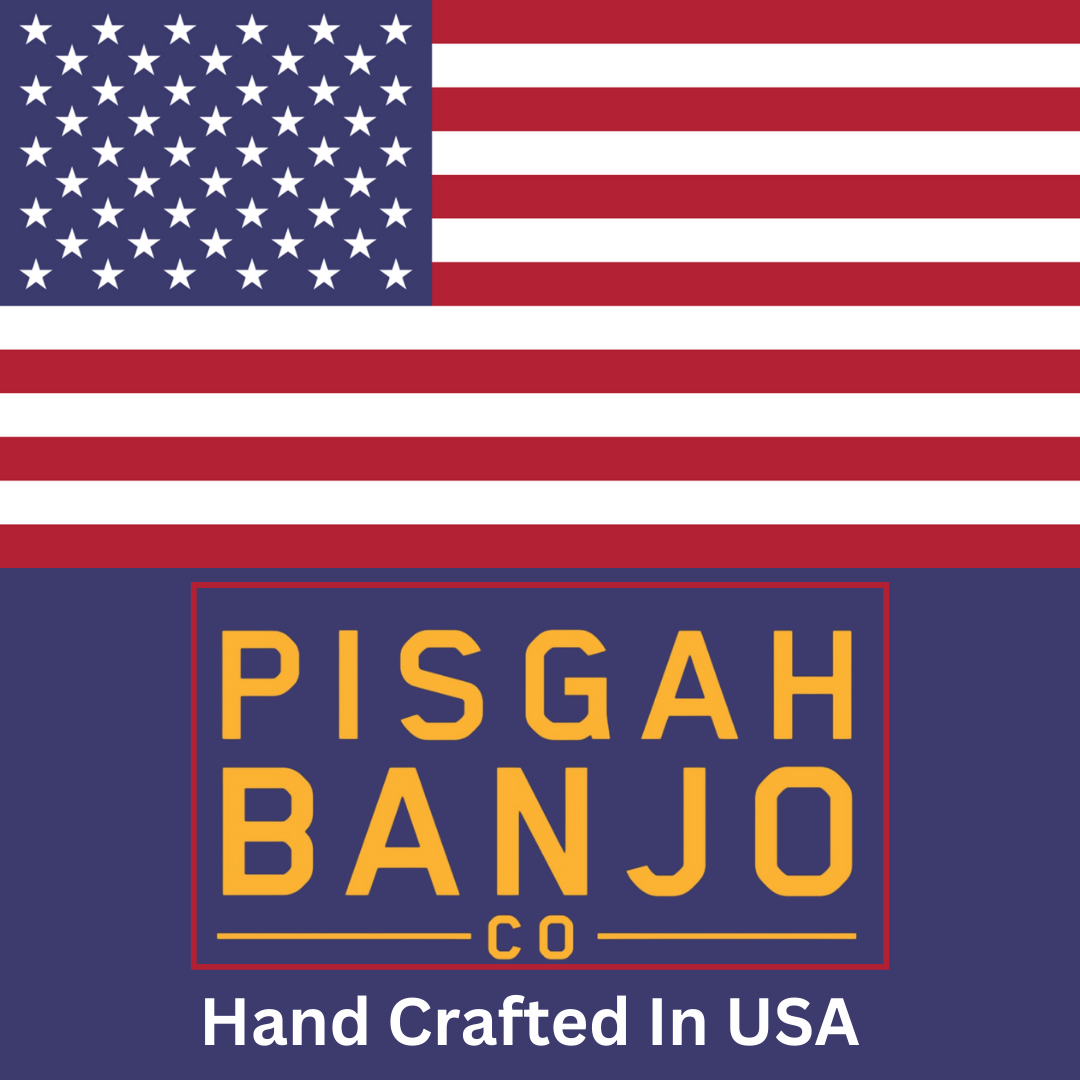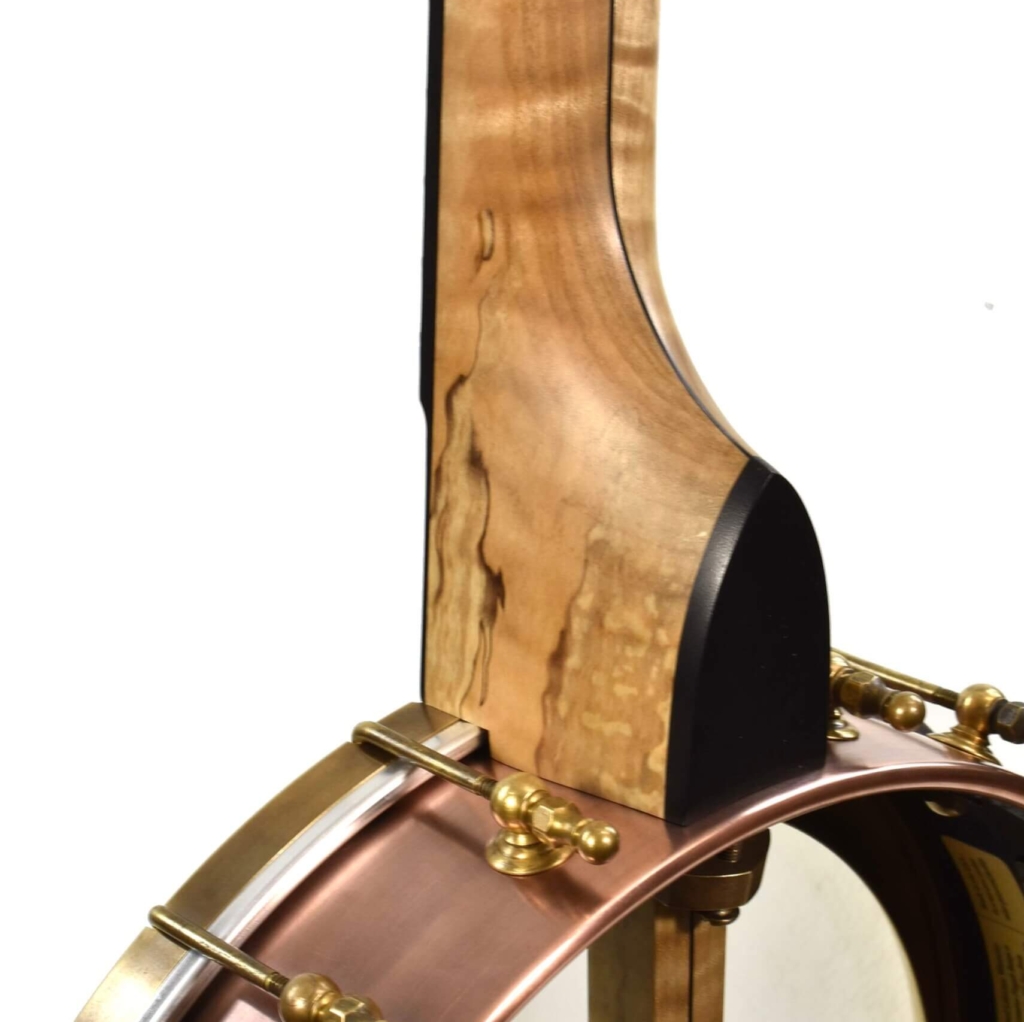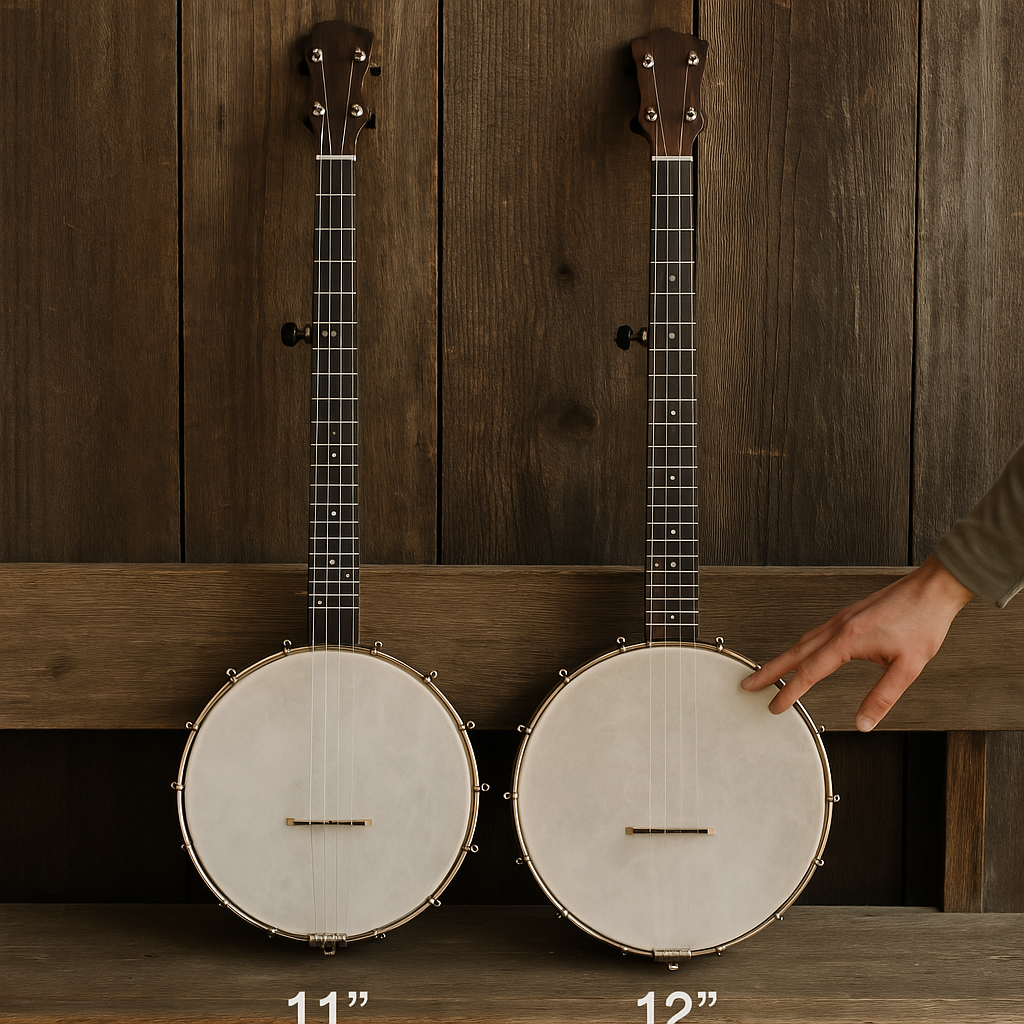
Written By: Patrick David Sawyer
Why We’re Writing This
We’re writing this article in response to recent trends in the banjo industry where certain companies have begun using the “Made in the USA” label in a way that we believe lacks full transparency. While they may meet the legal definition, they are not always forthcoming about where key components are actually made.
As a company that takes great pride in our transparency, we believe it’s essential for customers to have access to the full picture so they can make informed purchasing decisions. We encourage all banjo manufacturers to be upfront about their sourcing and manufacturing processes. Doing so ensures a level playing field, especially for those of us who truly manufacture in the USA.
Proudly Made in the USA?
When shopping for a banjo, the phrase “Made in the USA” often carries a sense of pride and assurance. However, what many consumers don’t realize is that the term doesn’t always mean what they think it does. Due to legal definitions and modern manufacturing practices, some banjo makers can label their instruments as “Made in the USA” even if significant components are produced overseas. As discerning buyers, we believe it’s important to dig deeper into what “Made in the USA” truly means when choosing an instrument.
The Loophole in “Made in the USA”
Under U.S. regulations, a product can legally be labeled “Made in the USA” if a substantial percentage of its manufacturing cost originates from American labor and materials. This allows for some parts to be sourced internationally, provided the final assembly and a significant portion of the production occur within the United States.
For example, a banjo with a rim crafted in the U.S. but a neck or hardware manufactured overseas—and everything assembled in the States—could still bear the “Made in the USA” label. While this practice is completely legal, it may not align with what many buyers expect when they see the label.
Why Transparency Matters
For many musicians, supporting American craftsmanship is a key reason for choosing a “Made in the USA” banjo. However, without transparency, customers may assume they’re purchasing an entirely American-made product, only to later find out that critical parts were sourced from other countries.
That being said, imported components are not necessarily inferior. On the contrary, countries like Germany and Japan have a long-standing tradition of excellence in manufacturing. The issue lies in the clarity of marketing claims and the ability for consumers to make fully informed purchasing decisions.
Competing in a Global Market
As a banjo builder, we understand that staying competitive in today’s market requires balancing high-quality craftsmanship with cost efficiency. Many large manufacturers use overseas components to lower costs, making their instruments more affordable. While this allows them to compete on price, it can sometimes come at the expense of transparency.
At Pisgah Banjos, we take a different approach. Instead of cutting costs through outsourcing, we focus on value, sustainability, and craftsmanship—all while remaining as transparent as possible about where our components come from. We believe that an informed customer is a happy customer, and we take pride in the integrity of our process.
Pisgah Banjos: A Model of Transparency
We at Pisgah Banjos are open and transparent about where all of our parts come from. Here’s a breakdown:
- Wooden components (neck, rim, armrests, etc.) – Made in-house at the Pisgah Banjo shop.
- Hardware – Sourced from specialized U.S. machine shops we have worked with for years.
- Tone rings – Some are made in-house, while others are sourced from trusted American suppliers.
- Cases – Hard shell cases are made by TKL in Canada.
- Gig bags – Made by Access Bags and Cases, an American company with manufacturing in China.
- Tuners – Made by Gotoh in Japan.
- Stock maple bridges – Crafted with care in Germany.
Everything else, as mentioned above, is USA-made. By clearly outlining the origins of our components, we ensure that our customers know exactly what they’re getting. This level of transparency fosters trust and allows buyers to make informed decisions.
How to Be an Informed Buyer
If buying a truly American-made banjo is important to you, here are a few steps to help you navigate the market:
- Research the Brand – Look into the manufacturer’s reputation and history. Some companies are more transparent than others about where their parts are sourced.
- Ask Questions – Contact the manufacturer directly and inquire about the origin of key components such as the bridge, tone ring, and tuners.
- Read Reviews and Forums – Online communities of banjo enthusiasts often share insights and experiences about specific brands and models.
- Support Local Craftsmen – Consider purchasing from smaller, independent luthiers who can provide detailed information about the sourcing of every part of their instruments.
Final Thoughts
The “Made in the USA” label can be a source of pride, but it doesn’t always guarantee total domestic manufacturing. As a banjo maker, we believe in honesty and transparency, giving our customers the full picture of where our materials come from. By understanding the nuances behind this label and asking the right questions, you can make purchasing decisions that align with your values and expectations.
At the end of the day, whether you prioritize American craftsmanship, global quality, or a combination of both, the key is knowing what you’re truly getting when you buy your next banjo.








